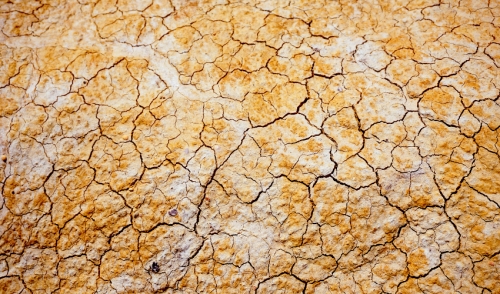
Keeping Lawns Green During Droughts
We’re into the dog days of summer early this year. As a result, many people’s lawns are beginning to show signs of stress. It’s frustrating to put in a new lawn and get it to successfully germinate, only to have it burn to a crisp. Here are a few suggestions to keep that grass green:
Mulch
Newly sprouted grass can be protected with a thin layer of mulching straw. One or two bales will cover 1,000 square feet. The straw can be removed about three weeks after germination.
A layer of grass clippings kept on the lawn retains soil moisture and fertilizes the grass. Contrary to old thinking, clippings do not contribute to thatch. Mulching lawns with clippings works best if the grass has been mowed regularly and not allowed to grow too long. Clippings that are wet or long tend to become soggy clumps that eventually smother the grass beneath them.
Keep the Grass Longer in Summer
A lawn is comprised of millions of individual grass plants. Grass, just like other plants, has a crown from which new growth emerges. If you keep the lawn longer in the summer, the blades shade the crown and protect it from burning.
Different grasses for Different Climates
Keep in mind that there are cool-season and warm-season grasses. Cool-season grasses thrive in northern areas, including Canada, and in higher elevations further south. Their main growth is in spring and fall when the soil temperatures are 50 to 65 F, and the air temperature is 60 to 75 F. Come high summer, they usually go dormant unless they are watered regularly. Kentucky bluegrass, bentgrass, ryegrass and fescues are examples of cool-season grasses.
Warm-season grasses grow best in southern regions and rev up their growth along with the increasing heat of summer. Warm-season grasses, such as Bermuda, St. Augustine, and zoysia, grow strongly when soil temperatures are between 70 and 90 F and the air reaches a balmy 80 to 95 F. They go dormant when the weather gets cooler.
Your choice depends on the region in which you live and when you want your grass to look its best. If you don’t care if your lawn takes longer to get started in the spring, but will stay green through the summer, go for a warm-season grass. However, grass hardiness varies with the type. So consider all of these factors when choosing grass seed.

